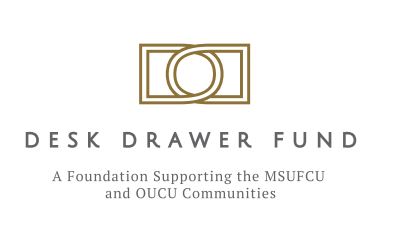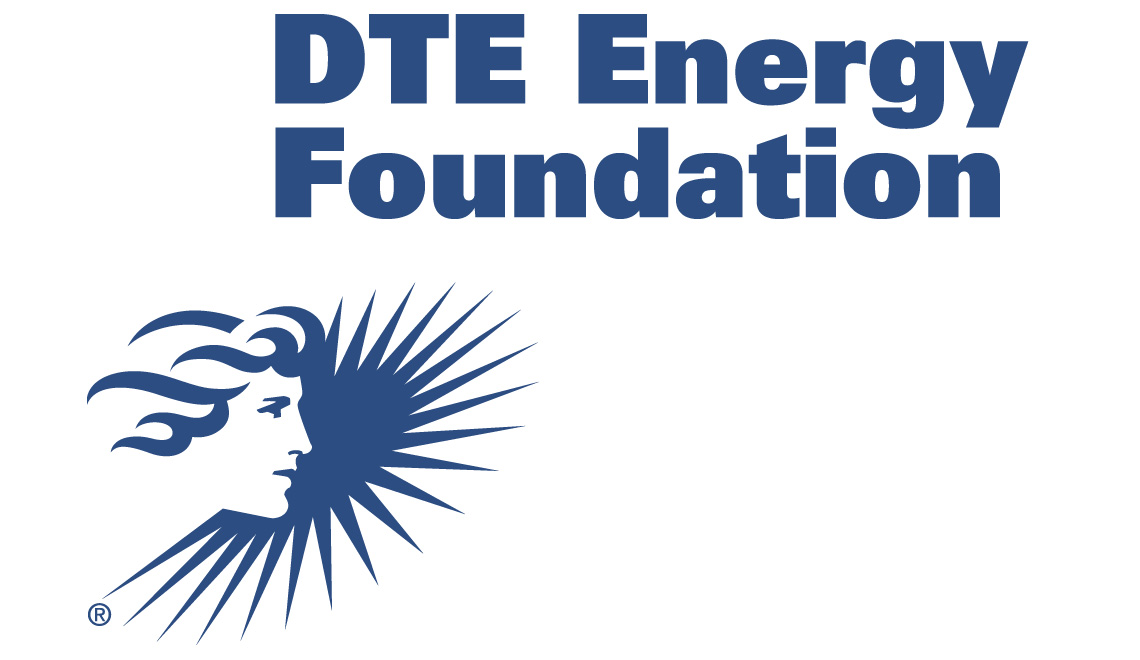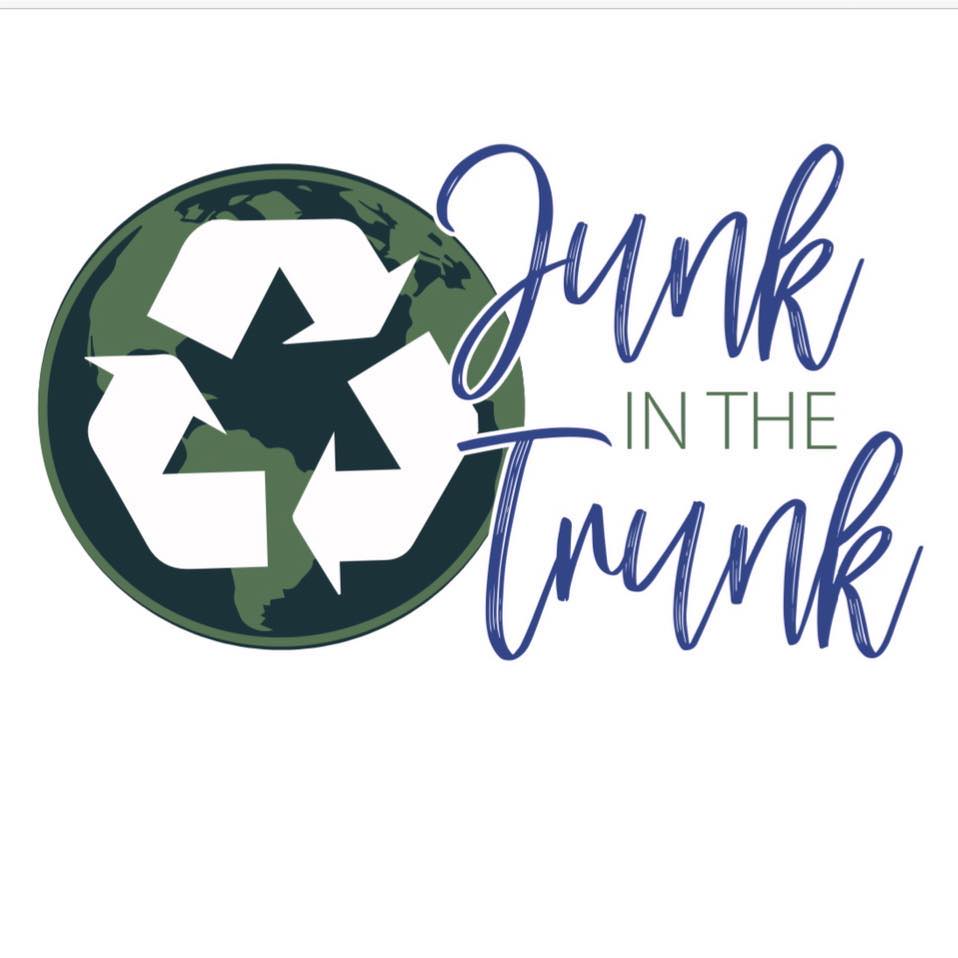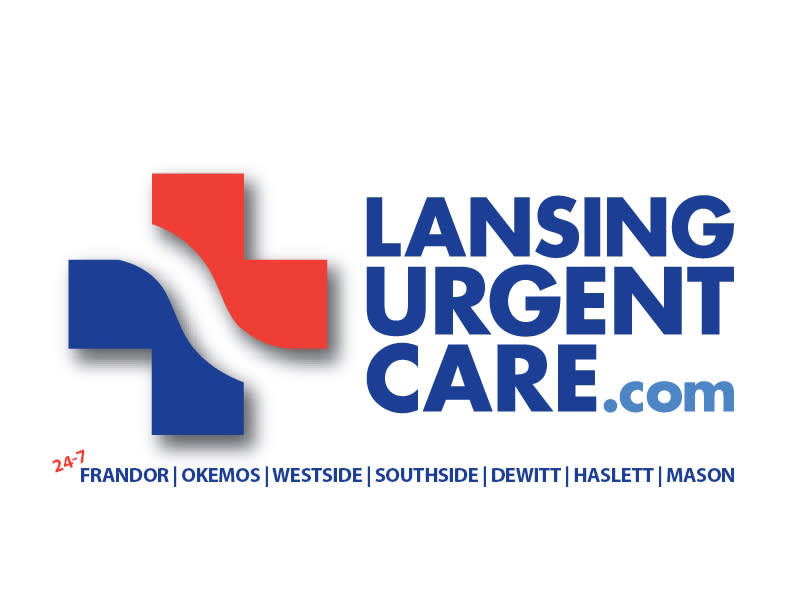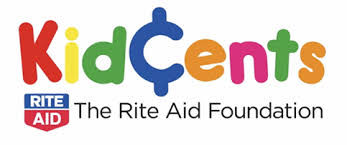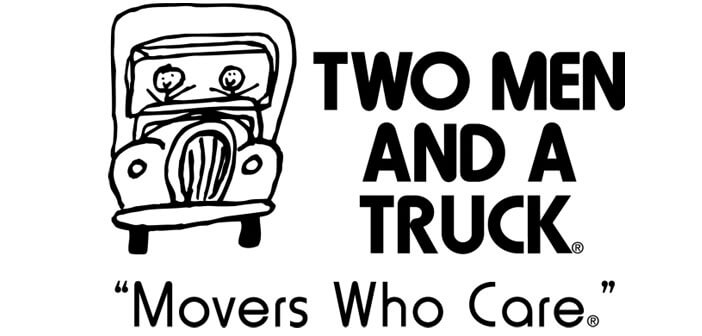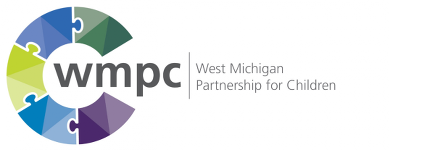Post Traumatic Stress Disorder (PTSD) and a Pandemic Fallout for Youth
06/28/20
Post Traumatic Stress Disorder (PTSD) and a Pandemic Fallout for Youth
J. Thomas Munley, LPC, CTP-C
Trauma Coordinator, ACE’s Master Trainer
Mid-Michigan Trauma Collaborative
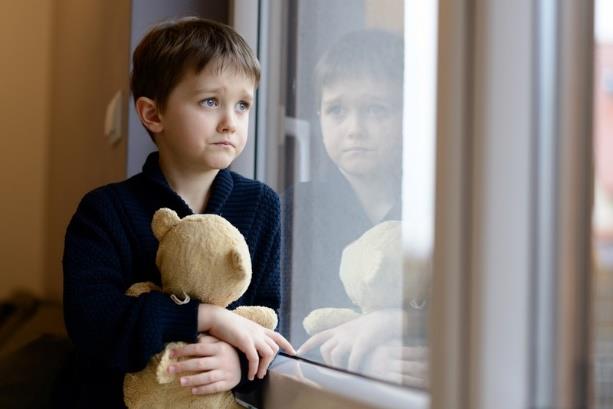
Most of us by now have at least heard of PTSD and the toll that war has had on our veterans, especially those who served in Iraq and Afghanistan. It is because our military came back so bruised and broken from these wars that researchers, therapists, and other medical professionals got serious about understanding and treating those that experienced these horrors of war. The research is still relatively new but has come a long way.
I want to put a spotlight on the symptoms for two reasons. One, so that we can have a common understand of the symptoms, and two, because I think we are going to see these symptoms manifesting themselves in our children for years to come. Many of us are already fearing the consequences and mental health challenges that the pandemic has and will reap on our children.
Let’s look at some symptomology for youth:
• Children with PTSD often times have the same symptoms as adults suffering from the condition.
These may include insomnia, nightmares, and losing interest in activities they once enjoyed.
• Others may start acting up, avoiding things related to the trauma they experienced, or re-enacting the event repeatedly while playing.
• It is also common for children to deny the incident happened or become startled when they notice a possible threat.
• Some may also experience intense or ongoing sadness as well as having irritable or angry outbursts.
• Children with PTSD may also become withdrawn and act helpless or hopeless.
• When it comes to physical symptoms, youngsters may complain of headaches or abdominal pain.
What we know from the research is that when children’s brains are exposed to constant and sustained exposure to traumatic events, the trauma has the ability to alter their brain chemistry and structure. Because of the sensitive nature of the development of the brain, we know that prolonged exposure to events which cause spikes in cortisol and adrenaline can have life long impact on proper brain development and structure. The pandemic is a sustained and at times brutal reality of our lives now. We should be thinking about ways to assist our youth now before any real “opening up” begins in our country.
What this means in simple language is, if we do not intervene in the lives of our youth now, no matter who or where, we will be creating a generation of traumatized children who turn into traumatized adults. On a world-wide scale this is a recipe for disaster. As we contemplate when students will return to school, we also need to consider what help they will need in the way of mental health services. If you send 3000 traumatized youth back to a structure that allows them to co-mingle and start to unload with each other about the awful experiences of the pandemic, I fear the emotions and re-traumatization of youth hyping each other up. If you have ever been around a group of adolescents when they start to create a tornado of emotions by hyping each other up, you know this can become a real difficult scenario to try to tamp down. Multiply that scenario with the trauma of a pandemic, the nation on high alert from racial tensions, along with all the other trauma they may have face and there is a very real fear of what may come is a perfect brew for disaster.
I have mentioned it before but I believe we can look to survivors of war, like Syria, to guide us in the response we may need to take while understanding that the pandemic and a war zone survival are not identical, but can provide clues for what sustained and intense traumatic events can do to a child’s psyche.
From the UNICEF article, “Children at War”, after the genocide in Rwanda in 1994, Dr. Albert Nambaje, clinical psychologist at the National Trauma Recovery Centre, reported: "Among the symptoms manifested by children are nightmares, difficulty in concentrating, depression and a sense of hopelessness about the future." The UN Commission on Human Rights' Special Rapporteur on former Yugoslavia similarly reports on interviews with children: "Memories of the event remain with them... causing extreme nightmares, daily intrusive flashbacks of the traumatic events, fear, insecurity and bitterness." (United Nations, The Sixth Periodic Report on the Situation of Human Rights in the Territory of former Yugoslavia, submitted by Tadeusz Mazowiecki, Special Rapporteur of the Commission on Human Rights, E/CN.4/1994/110, UN Commission on Human Rights, Geneva, 21 February 1994, p. 34.)
It is universally true that horrific experiences are so deeply disturbing, so overwhelming, that a child will try to suppress bad memories rather than confront them. But many trauma researchers believe that it is the repression of memories and feelings that is at the heart of trauma suffering in both the short and long term.
Time does not heal trauma. A child must be helped to express suffering and to confront bad memories, with the support and guidance of an empathetic and informed adult. The very act of talking or writing about, or even acting out, traumatic events is a way for a child to begin healing and start on the road to recovery. (Ressler, Everett M., J. M. Tortorici and A. Marcelino, Children in War: A guide to the provision of services, UNICEF, New York, 1993, p. 117.)
If we use the data provided by those who have worked with children of war, we have the framework for working with our children in a pandemic that has similar effects and consequences. The bottom line is being able and willing with trained individuals to assist children to confront the trauma and begin to heal. As noted above, suppression of trauma is not an answer nor a solution. We must find ways to assist our youth to express themselves through individual or group therapy, art, journaling, poetry and more. We need to start developing the methods and means to assist a wide scale traumatized youth population. Because of the enormity of the pandemic crisis and shear numbers of people effected, we may need to develop new ways, methods and techniques for assisting large groups of people move from victim, to survivor, to thriver.
One of the creative ways we are considering reaching a large audience with facts, help that helps, techniques for practice at home, and expertise on trauma, is to create a Podcast or a Vlog. It will be a partnership between Carrie Gregg, the new embedded therapist at Waverly Schools and myself as a Trauma Specialist, consulting on the new venture with Child and Family Charities and the School district. We hope to tackle some common issues that our youth, students, and teachers will face with real solutions and a focus on how we can move toward healthier youth. We will endeavor to find our footing as we continue to travel this unknown world of a pandemic.
Let’s start having this conversation. The time is now! We can’t wait!
Remember! Humans are Resilient!

















.png)





